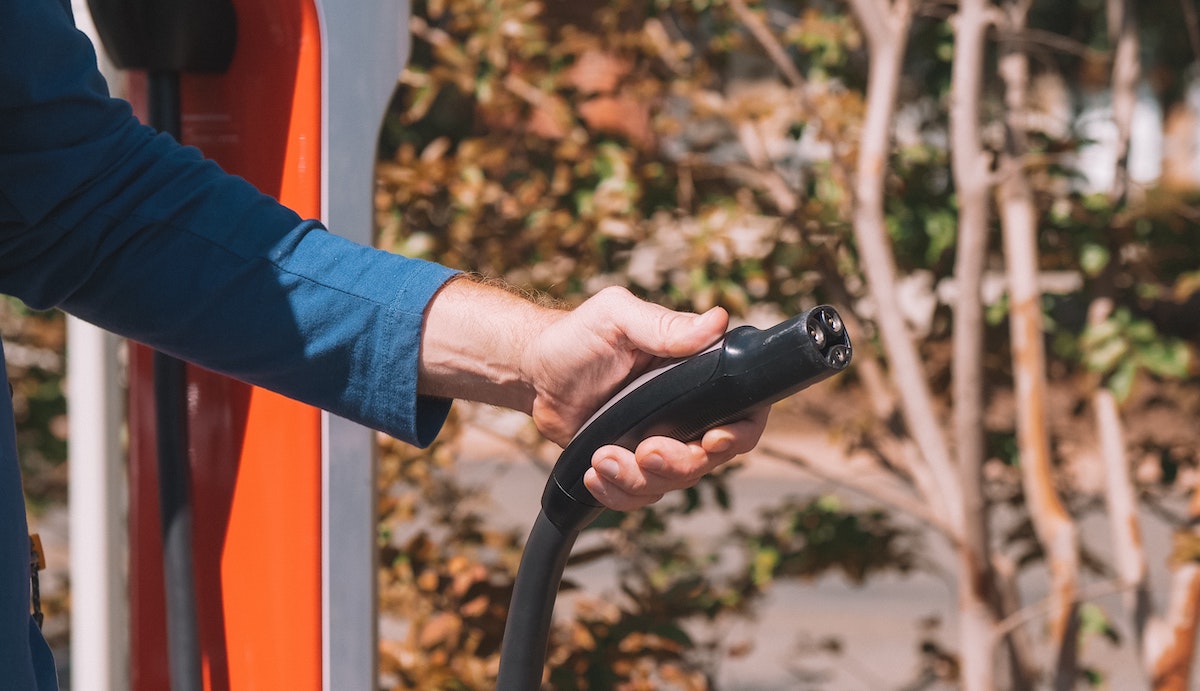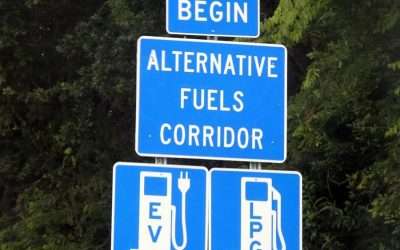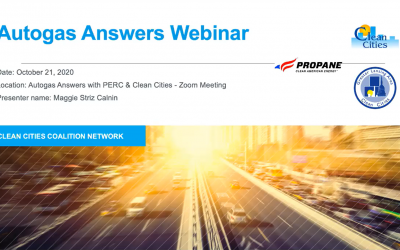By Jamie Leonard, Research and Program Analyst
I spent the last week of June in Washington, D.C., at a workshop hosted by the U.S. Department of Energy’s Justice 40 Pilot, the Clean Cities Energy and Environmental Justice Initiative. I was fortunate to connect with other Clean Cities staff from all around the country to learn how expanding clean transportation can address inequity in a variety of different ways. On my way from the hotel to the airport, I had the chance to learn from one last person—my Uber driver.
Since Clean Cities was paying for my trip, I opted to take an Uber Green–a ride option in a hybrid or electric vehicle (EV). My Uber driver had just bought himself a new Tesla to replace the one he had leased. I asked him about how many miles he drives daily, the battery range, where he charges it, and more. I learned that his Tesla had made it easy for him to optimize his charging to cost as little as possible, and even reported to him the money he was saving on his dashboard!
If you asked 100 people how much they paid per gallon the last time they were at the gas station, you’d likely receive fairly accurate answers. But what if you asked the same 100 people the per kilowatt-hour cost of electricity they were paying in their home? A scrupulous EV driver who had installed a charger in their home might be able to tell you exactly what they were paying. But the average person who doesn’t have an EV, solar panels, or any other calculated investment relying on electricity prices may never read the second page of their utility bill that explains what they’re paying. They choose to make their decisions with imperfect information.
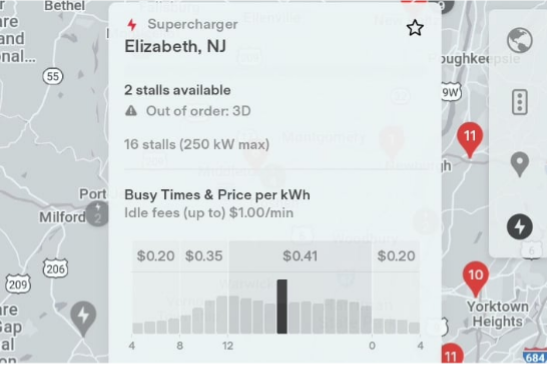
In the case of my Uber driver, he had a simple reason for avoiding charging at home. Why pay thousands for a charger that still takes all night to charge the car? He was able to rely on public charging, and better yet, able to save money doing it. He explained to me the difference in hourly prices that Tesla displayed on his dashboard (see photo) for using a charger that could charge the car in 15 minutes while his kids watched Netflix on the built-in screen inside the vehicle. He typically charged the car immediately after the price dropped at 10:00 PM—this time-of-use pricing an incentive to avoid spiking electricity demand during daytime hours when overall demand for electricity is high. At night, overall demand for electricity is low and available supply of electricity is high. The car even shared with him the price he paid for his last “fill-up”—$7 and some change. Compare that to a tank of the cheapest gas you’ve ever seen.
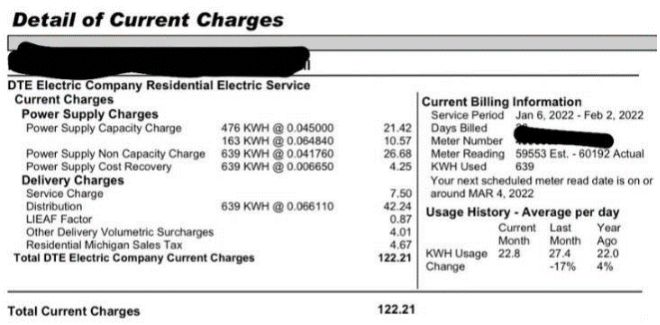
By sharing with the driver the hourly electricity price, Tesla was able to help the driver take advantage of time-of-use price incentives based on what time of day (or night) he charged. With the development of a nationwide EV charging network in its early stages, how prices are advertised to drivers will play a key role in how those drivers interact with chargers, utilities, and automakers. One person doesn’t make an economic study but shows promise in drivers’ ability and willingness to respond to price signals set by utilities and charging companies. Follow Michigan Clean Cities and the U.S. DOE Alternative Fuels Data Center’s quarterly Fuel Price Report to learn more about regional fuel prices. EV charging pricing will be added to the trends report soon.

